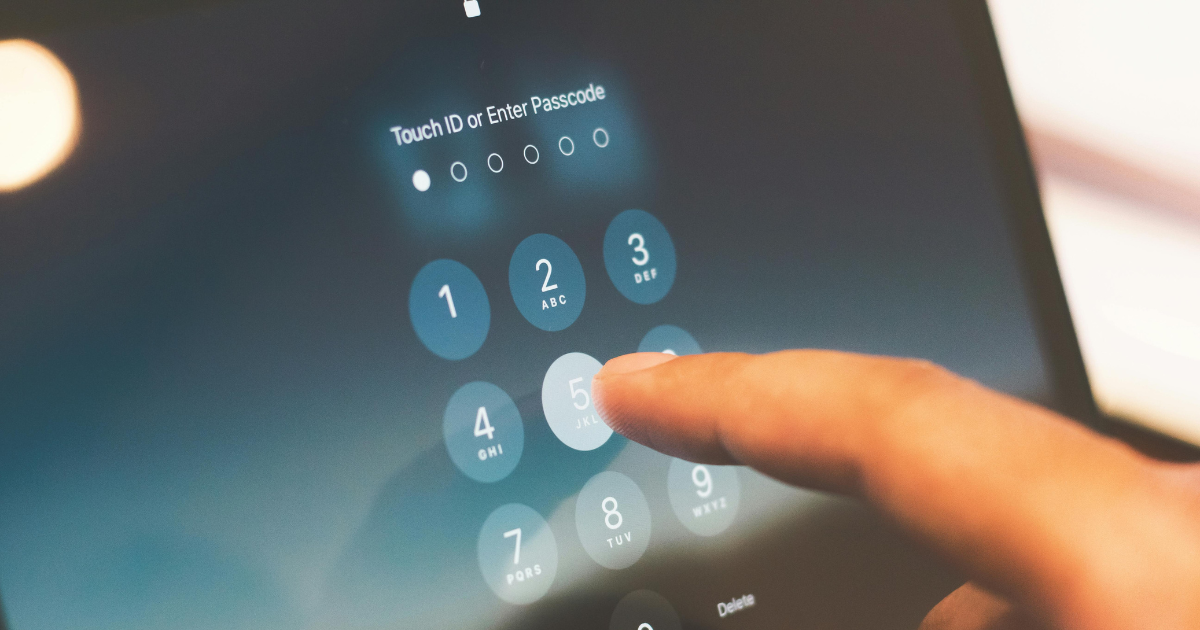Cybersecurity News: Balancing Password Security and User Experience
Apr 01, 2025
Balancing robust password security with a seamless user experience is a critical challenge in today's digital landscape, especially with emerging technologies . While stringent security measures are essential to protect sensitive information, overly complex protocols can frustrate users, leading to risky behaviors like password reuse or circumvention of security policies. Achieving harmony between security and usability is not only possible but imperative.
The Pitfalls of High User Friction
When security measures impede user workflows, individuals may seek shortcuts that compromise security. For instance, complex password requirements can lead users to adopt predictable patterns or reuse passwords across multiple platforms, increasing vulnerability to cyber threats from threat actors . A study revealed that 71% of professionals admitted to engaging in risky cybersecurity behaviors, such as reusing or sharing passwords. Furthermore, forgotten passwords often result in frequent password reset requests, which not only inconvenience users but also place additional strain on IT support teams.
Enhancing Security Through Improved User Experience
An intuitive and user-friendly security protocol encourages compliance among workers nd reduces the likelihood of security breaches. By focusing on user experience (UX) and securing sensitive data , organizations can implement security measures that are both effective and minimally disruptive. Here are key strategies for balancing password security with usability:
Emphasize Password Length Over Complexity
Traditional complex password policies often result in users creating predictable and weak passwords. Shifting the focus to password length enhances security without adding cognitive load, as it allows for greater depth in password complexity . Encouraging users to create longer passwords or passphrases can significantly improve security. For example, a 16-character passphrase is generally more secure than an 8-character string with complex symbols and numbers.
Adopt Passphrases Instead of Traditional Passwords
Passphrases, which combine multiple random words, offer a balance between security and memorability. For example, a passphrase like "Mustache-Breadcrumb-Headspin" is easier to remember and harder to crack than a complex string of characters, especially when assisted by ai . Users can further strengthen passphrases by introducing intentional misspellings or substituting characters.

Provide Real-Time Feedback During Password Creation
Implementing dynamic feedback mechanisms in response to user input that inform users about the strength of their passwords during creation can guide them toward better choices. This approach reduces frustration and enhances compliance with security policies. Visual indicators, such as strength meters and suggestions for improvement, can help users craft stronger passwords.
Implement User-Friendly Password Policies
Policies that are too stringent can lead to user frustration and non-compliance. By developing policies that balance security requirements with user convenience, lawmakers can influence organizations to promote better adherence and reduce the risk of security breaches. For instance, reducing mandatory password changes and allowing passphrases instead of complicated character requirements can significantly enhance both security and user satisfaction.
Utilize Password Managers
Encouraging the use of password managers can alleviate the burden of remembering multiple complex passwords. These tools can generate and store strong, unique passwords for various accounts, enhancing security while simplifying the user experience. Many modern browsers and security platforms offer built-in password management tools, making it easier for users to adopt them.
Implement Multi-Factor Authentication (MFA)
Multi-factor authentication (MFA), as recommended by us department standards, adds an extra layer of security without increasing the complexity of passwords. By requiring an additional verification step, such as a biometric scan or a temporary code sent to a trusted device, MFA can significantly enhance security while allowing users to maintain simpler, more manageable passwords.
Conclusion
Striking the right balance between password security and user experience is essential for effective cybersecurity. Organizations that enforce overly complex password policies or require specific software may inadvertently encourage risky behaviors such as password reuse or storage in insecure locations. By focusing on user-friendly policies, emphasizing password length over complexity, adopting passphrases, providing real-time feedback, promoting the use of password managers, and incorporating MFA to protect against scammers , organizations can enhance security without compromising usability. This balanced approach fosters a secure digital environment where users are both protected and empowered, reducing security risks while maintaining a frictionless experience. Ultimately, cybersecurity should not be a battle between security and convenience—it should be a partnership where both elements work together seamlessly.
STAY INFORMED
Subscribe now to receive the latest expert insights on cybersecurity, compliance, and business management delivered straight to your inbox.
We hate SPAM. We will never sell your information, for any reason.


